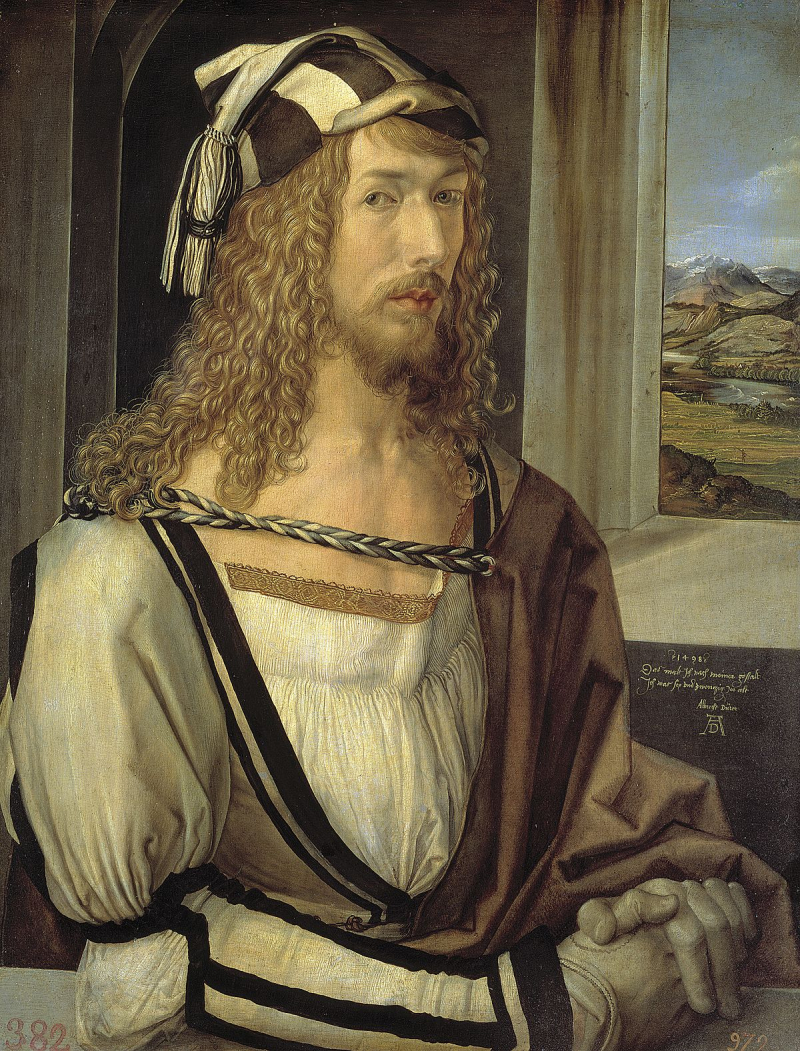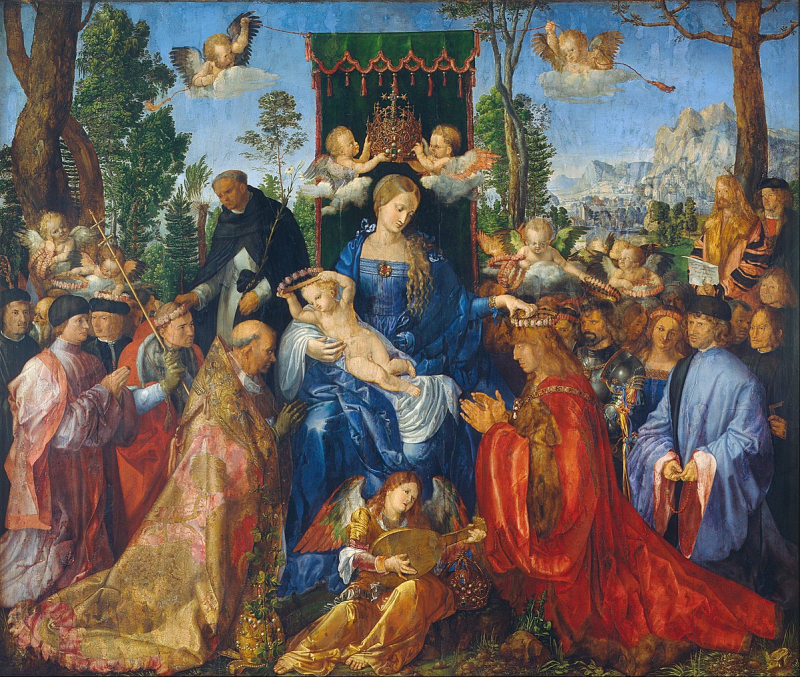Albrecht Dürer
Albrecht Dürer was regarded as one of the best engravers and experts in detail, light, and realism. His greatest artistic effect throughout the Renaissance was his contribution to printmaking, which was motivated by an apprenticeship with a woodworker at the start of his career. Dürer's fame was established when he was still in his twenties when he became known throughout Europe for his extraordinarily superior-quality woodcut prints.
It has been asserted that printmaking, as it has been practiced throughout art history, would not exist without the influence of Dürer. Dürer sought to refine his wood prints throughout time in order to achieve a particular level of aesthetic complexity, which revolutionized the notions and concepts of what wood printing was. Dürer, who created works of art more than five centuries ago, is still regarded as one of history's most renowned and significant printmakers because of his success in bringing massive woodcuts into the category of what was considered to be fine art.
Known for his talent as a painter, Dürer achieved some notoriety during his lifetime for his oil paintings, sketches, engraved prints, and altarpieces both domestically and internationally.
His painting technique tended to merge tendencies from Italian and Northern European art into his Renaissance works, therefore he had an exceptional eye for detail. Dürer was thus regarded as the first non-Italian artist to include issues such as contemporary philosophy and other theological views in his paintings.
The majority of Dürer's artworks were religious in nature, yet he also painted several portraits over his career. His religious works were highly regarded for their exceptional technical talents and use of color, which led to these works becoming his most recognized and discussed. Later in life, Dürer developed a strong interest in numerous scientific disciplines, even going so far as to create several books on the idea of human proportion that was only released after his death.
Dürer is the most famous Northern Renaissance artist who effectively combined the rich Northern style with the ideals of the Italian Renaissance. Because of his popularity, engraved prints of his works spread over the world, allowing his reputation to expand even after his death.
Dürer, who was well aware of his own genius, had a strong influence on painters of his period, and his contributions to printmaking have yet to be surpassed.
Lifespan: 1471 – 1528
Nationality: German
Art Movements: High Renaissance
Most Famous Artworks
- Self-Portrait with Fur-Trimmed Robe (1500)
- The Feast of the Rosary (1506)
- Adoration of the Trinity (1511)












